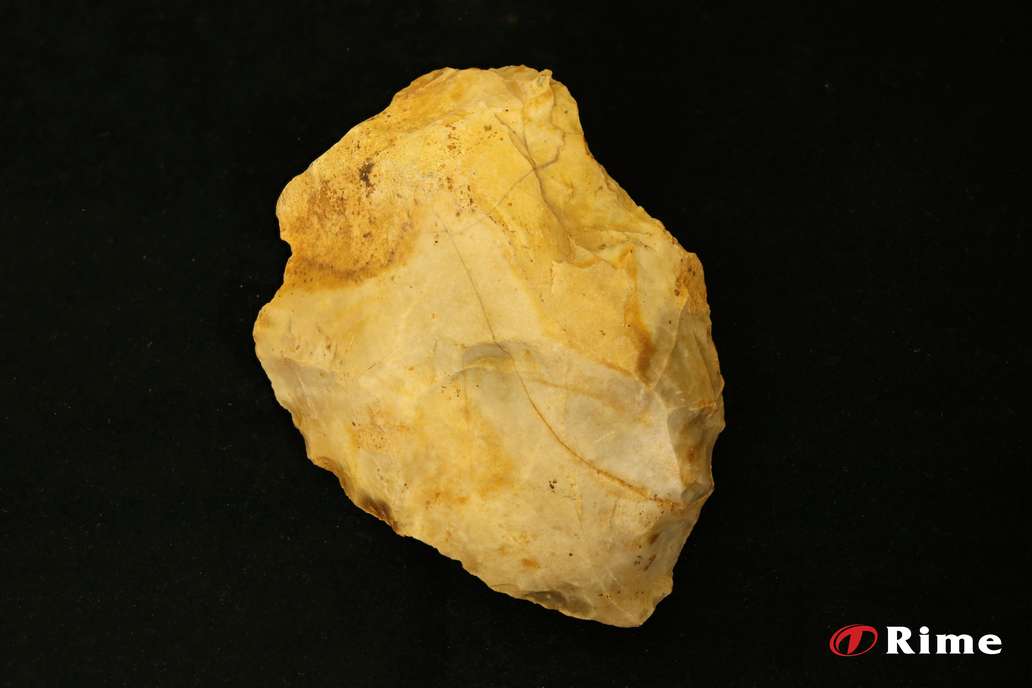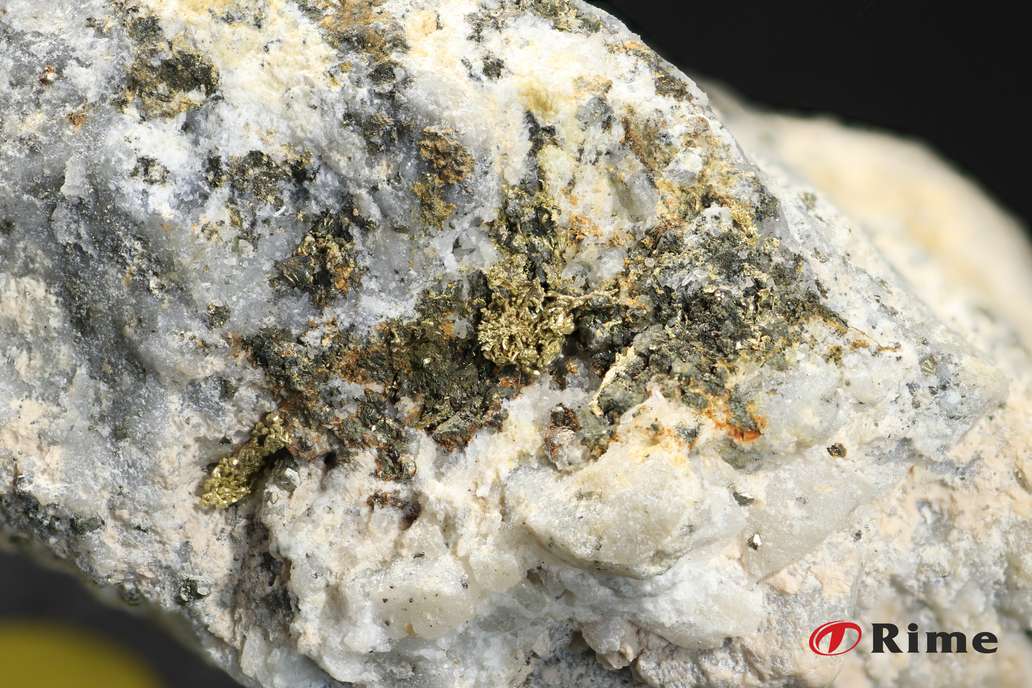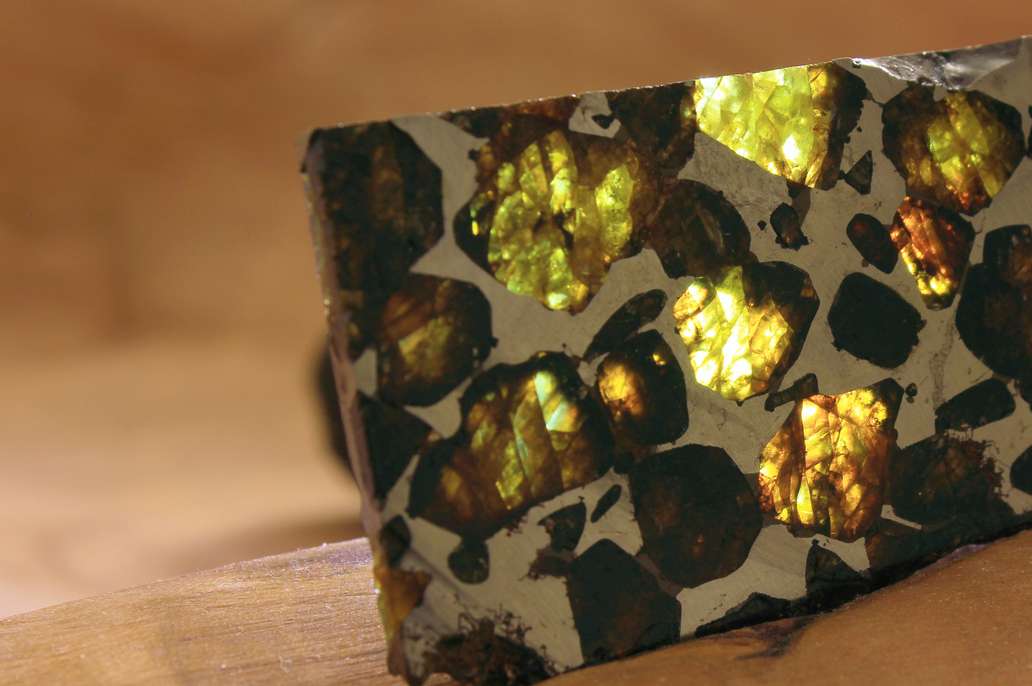History of Plate Metal Processing
The first metal sheets that humans produced were made of gold or copper - the metals that occur in nature in a solid form.
These sheets were still very small and were used to make jewelry. Over thousands of years, new metals were discovered and the possibility of changing material properties with alloying elements.
This history began over 80,000 years ago and leads to the industrial production of sheet metal made of complex alloys.
The stone age
The different periods of development of mankind are named after the materials from which primarily tools, articles of daily use and weapons were made. The Stone Age is, compared to other eras, the longest of these periods with over two million years. In archaeology, the Stone Age is still divided into six shorter periods, including the Old / Middle and New Stone Age. During this period, people used all the materials they found in nature. In the beginning, these were mainly branches, bones, tree barks and unprocessed stones.
In the course of time people discovered that different stones had different properties. Especially interesting were rocks that were hard and brittle. Very sharp splinters burst off the surface when processed with other stones.
With a little practice, these could be brought into the desired shape to make arrowheads or knives. Most frequently flint or obsidian were used for this.
Archaeologists still dispute today since when humans have been aware of metals and have started using them. Some scientists assume that gold was the first metal used by man. Gold can still be found worldwide in rivers and streams that flow through gold-bearing layers of rock. Due to the eroding effect of the water, the gold is dissolved out and can be found in the form of "nuggets". According to scientists, it is not unlikely that our ancestors were already making simple pieces of jewellery from gold 80,000 years ago.
Copper and silver are also metals that occur in nature in a solid form. They have a relatively low melting point and are quite soft. It is not possible to determine when these metals were used. From a scientific point of view, it is therefore useful to always associate the epoch with a region. For example, the Stone Age in the Balkan region ended several thousand years earlier than in other areas of Europe.
The Iron Age
It is archaeologically proven that iron has been used for over 6,000 years. Iron is one of the most common elements on earth and, at 32%, makes up almost a third of the total earth mass. However, it is almost impossible to find solid iron. For this reason, iron meteorites, which consist largely of iron and nickel, were processed in the beginning. Because meteorites were hard to find, the price of iron could be up to 100 times more expensive than silver.
Later, people learned how to smelt iron ore. In the beginning they used bog ore, a solidified sediment with an iron content of up to 60%. Bog ore was widely spread, easy to find and could be mined with simple tools.
The smelting was usually carried out directly at the place of discovery in simple smelting furnaces. These furnaces consisted only of clay and stones, but reached a temperature of up to 1,300 degrees Celsius to dissolve the iron from the ore. This temperature was not sufficient to obtain pure iron.
The iron extracted was then reheated and worked (forged) with hammers to remove unnecessary elements from the material. This forged iron was very pure iron and contained only very small amounts of carbon (< 0.08%). As a result, it could not be hardened by temperature treatments (e.g. heating and rapid cooling).
The first forged iron was produced around 1,500 BC in so-called low furnaces. It was not until about 1,000 years later, around 500 BC, that the blast furnace was invented in China, and iron became available on a larger scale. In the Netherlands, around 800 BC, people began to work more and more with iron, which replaced the use of bronze.
This is the beginning of the Iron Age. Because iron corrodes easily, only a few objects from the Iron Age have survived. Only in the last 200 years has it been possible to clean iron alloys so efficiently that steel as we know it today is available on a large scale.
The Roman Empire
Metalworking also played an important role in the Roman Empire. It covered the needs of the military, agriculture, crafts and construction. Precious metals, but also copper, were very important for the Roman coinage. For agricultural purposes they used a variety of metal tools such as iron spades or hoes and sickles made of copper.
Medicine was already very advanced in ancient Rome. They made extremely precise instruments out of metal. They were able to pull teeth with forceps, amputate the uvula with a suppository forceps or even treat cataracts with a star needle.
One of the great masterpieces of the Romans was their water supply. They laid water pipes through the whole city. These water pipes are also called aqueducts. Some of them led over 100 km across the Roman Empire. The longest water pipe was the Eifel water pipe, it ran from Rome to Cologne. Rome itself had 11 aqueducts, 11 thermal baths, 856 private baths and 1352 wells. For their water pipes they used lead pipes. They used lead not only to make water pipes but also to make all everyday objects made of lead, such as lamps, bowls and chains. Due to the increased demand, the process of lead extraction also had to be optimized, which led the Romans to systematically advance the extraction of lead.
Iron and bronze were important raw materials for the military. The Roman army needed swords made of iron as well as armour with helmets, breastplates and greaves made of bronze. To equip a Roman legion (3,000-6,000 men), it is estimated that more than 30 tons of pig iron had to be processed. Rome was the most powerful empire at that time, not least because of its weapons and fighting techniques. The sword Gladius was particularly magnificent. It was a short sword forged from iron, which the Romans took over from the Keltiberians. Gladius was quasi the perfect weapon for the Roman legionnaire, because the Romans often fought in close infantry formations. Due to the size of the gladius, the Roman legionary could use his weapon even in the densest battlefield without giving up his cover.
Welding in ancient Egypt
At a time when the first farmers in Central Europe settled down and were able to burn clay pots, the first advanced civilisation flourished in Egypt. Archaeological finds prove that decorative objects made of copper and gold were joined together by selective heating. Soldering was the first method of joining two metal parts together.
The technique of permanently fusing metal parts made of iron has a history going back many thousands of years. Already the Egyptians under Pharao Thutmosis I. (1.493 - 1.482 B.C.) already knew the technique of fire welding. A lot of experience was needed to join two metal parts with the help of a forge and simple tools. It required a lot of sensitivity to take the metal out of the fire at the exact moment when the right temperature for welding was reached. A further difficulty was the fact that parts had to be protected from the effects of air.
Metal heated up to glowing temperature oxidizes very quickly in the air. Fine sand and clay was used for many centuries. Later, the forges succeeded in improving air protection by using the sodium-containing mineral borax. Over time, the technique of fire welding spread all over the world and lasted for over 3,500 years until the beginning of the 20th century. This process is still used today to produce damask steel.
See also
Brinell hardness test
Performing the hardness test by means of a ball pressure test according to the Swedish engineer Johann August Brinell.
Read moreCoil
Plate metal that is rolled-up to coils is easier to transport and requires less space in the warehouse
Read moreCorrosion
Corrosion is a natural process and damages most metals. What types of corrosion are there?
Read more

